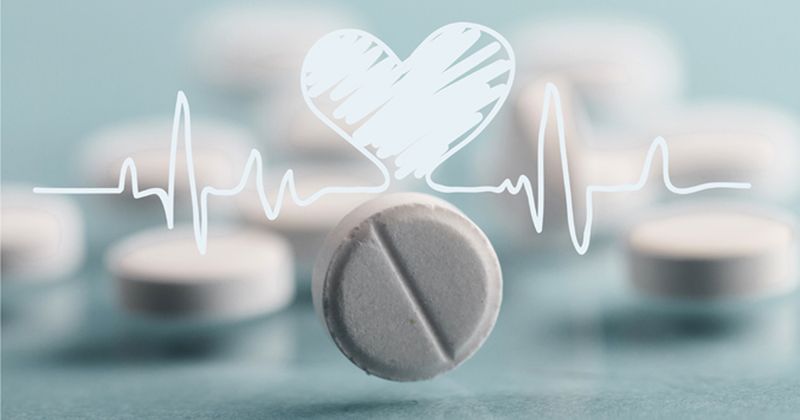Benefits of aspirin for secondary prevention in ASCVD seemingly equal in men vs. women
Key takeaways:
- Safety and efficacy of aspirin did not differ for men vs. women with atherosclerotic heart disease.
- Women required fewer revascularizations but had higher risk for stroke.
Patient sex had seemingly no effect on the safety and efficacy of aspirin for patients with atherosclerotic CVD, according to secondary analysis of the ADAPTABLE trial published in JAMA Cardiology.
“Female individuals with stable ischemic CVD may have reduced responsiveness to aspirin compared with male individuals, which may be partly explained by the reduced impact of aspirin on the platelet-subendothelium interaction in female individuals. Although aspirin inhibits cyclooxygenase 1 (COX-1) to a similar extent in both sexes, COX-1-independent pathways are inhibited to a lesser extent in female cohorts,” Catherine P. Benziger, MD, director of research at Essentia Health Heart and Vascular Center in Duluth, Minnesota, and colleagues wrote. “Given the high global prevalence of ASCVD, identifying the best dose of aspirin for men and women may have a significant impact on reducing cardiovascular event rates.”

ADAPTABLE was an open-label, pragmatic, randomized clinical trial designed to evaluate the comparative effectiveness of aspirin doses — 81 mg daily or 325 mg daily — for secondary prevention in 15,076 patients with chronic, stable ASCVD (median age, 68 years; 69% men; 9% Black).
As Healio previously reported, researchers observed no difference in CV events or major bleeding according to aspirin dose.

For the secondary analysis of ADAPTABLE, Benziger and colleagues assessed sex-specific differences in the safety and effectiveness of the two aspirin doses in patients with ASCVD.
The primary effectiveness outcomes included all-cause death and hospitalization for MI or stroke, and the primary safety outcome was hospitalization for major bleeding requiring transfusion.
Overall, women in the ADAPTABLE cohort were younger (66.3 years vs. 68.2 years), less often white (72.5% vs. 82.7%), more often smoking (12.9% vs. 8.4%) and more often with a history of peripheral artery disease (25.7% vs. 23%) compared with men.
During a median follow-up of 26.2 months, the primary effectiveness outcome occurred in 8.1% of women and 7.1% of men, with no significant interaction by sex between aspirin doses (adjusted HR for women = 1.01; 95% CI, 0.82-1.26; aHR for men = 1.06; 95% CI, 0.91-1.23; P for interaction = .74).
The researchers reported women less often required revascularization (5% vs. 6.6%; aHR = 0.79; 95% CI, 0.68-0.92; P = .002) but had higher risk for stroke hospitalization (aHR = 1.72; 95% CI, 1.27-2.33; P < .001) compared with men.
Moreover, women in the 81 mg aspirin cohort had slightly higher rate of bleeding compared with the 325 mg cohort (0.83% vs. 0.52%; aHR = 2.21; 95% CI, 1.04-4.7; P for interaction = .07).
“The overall major bleeding rates were very low, and no difference in major bleeding was noted between the two aspirin doses overall and when stratified by sex,” the researchers wrote. “Therefore, there was no observed effect of sex on the safety and effectiveness of aspirin when used for secondary prevention in patients with ASCVD.”
